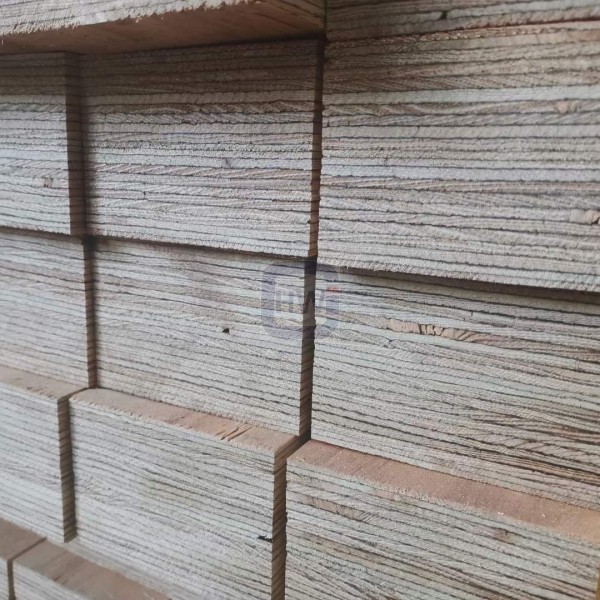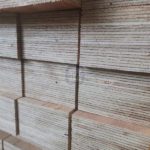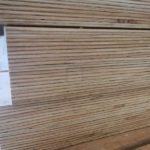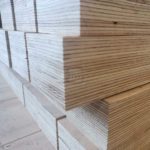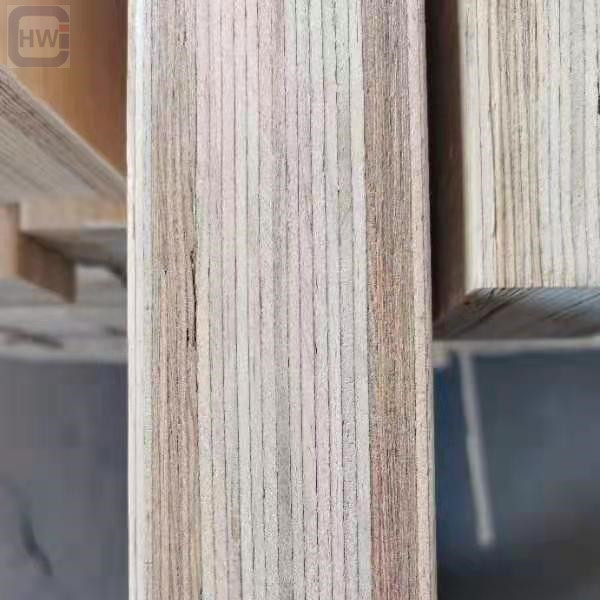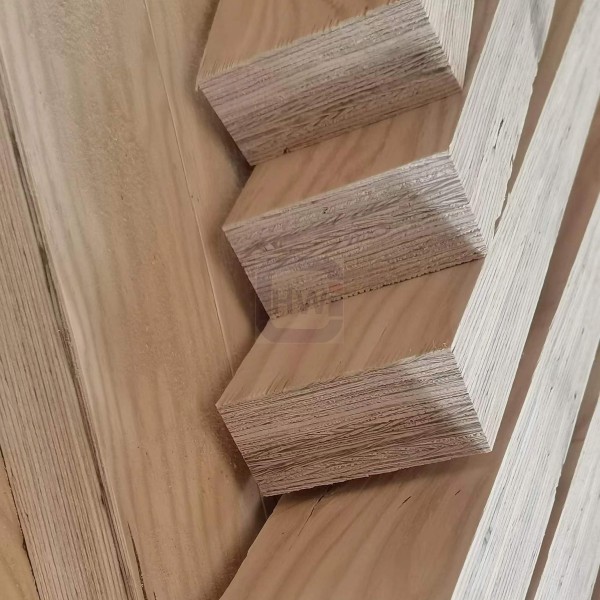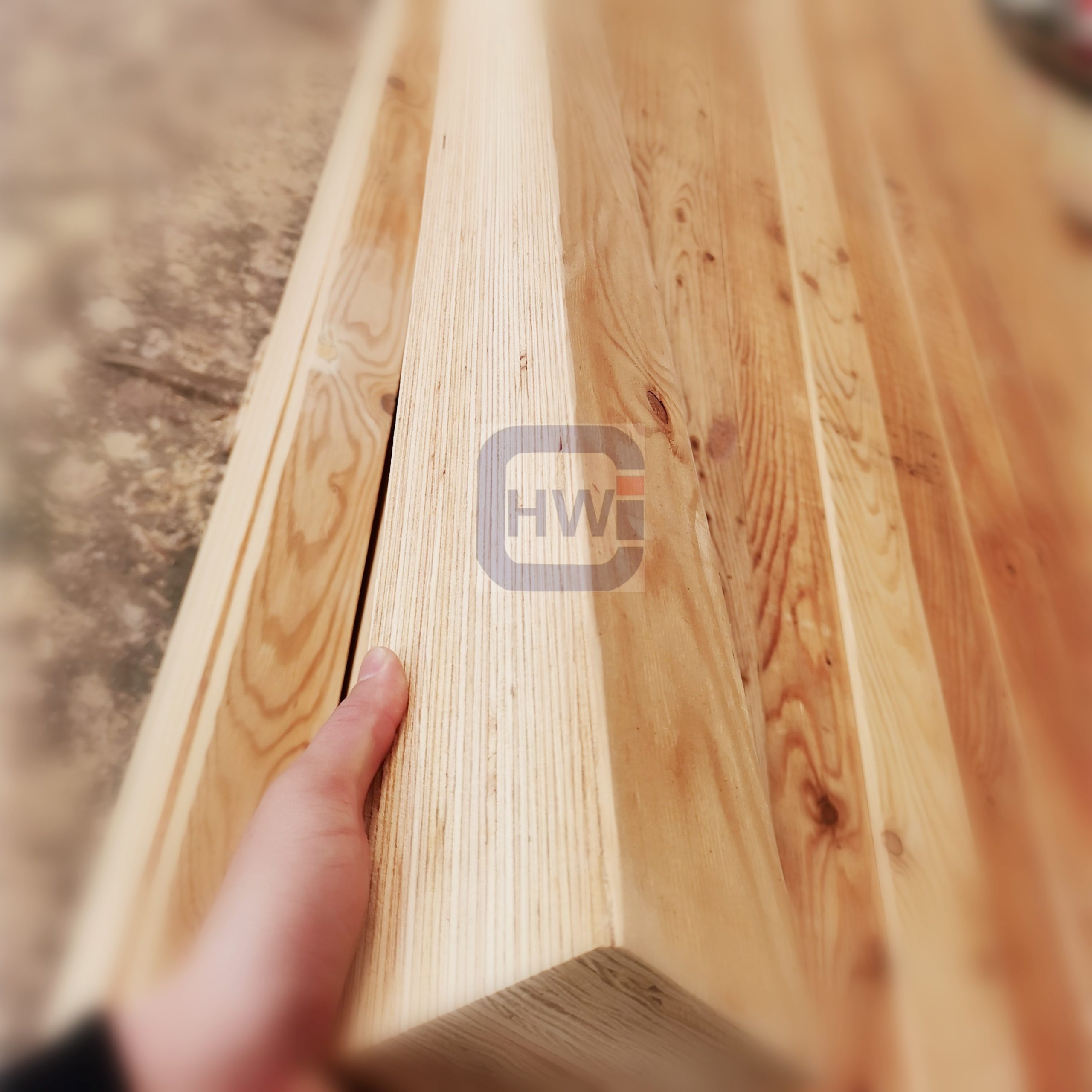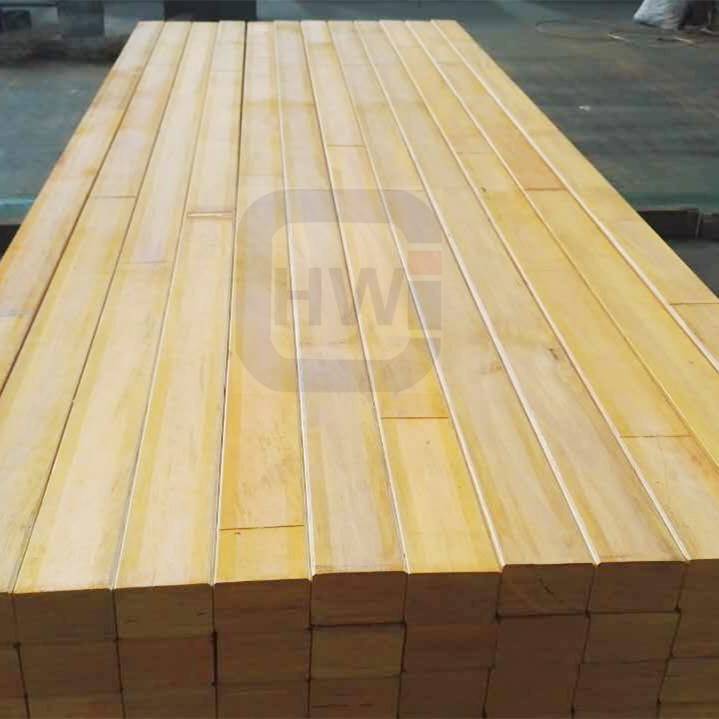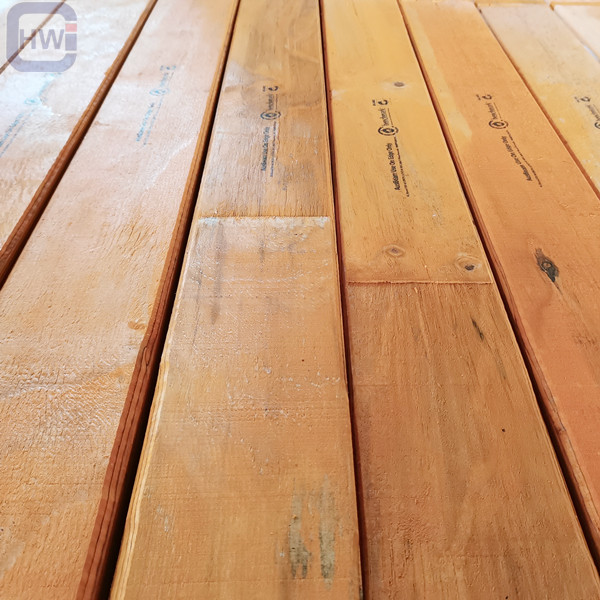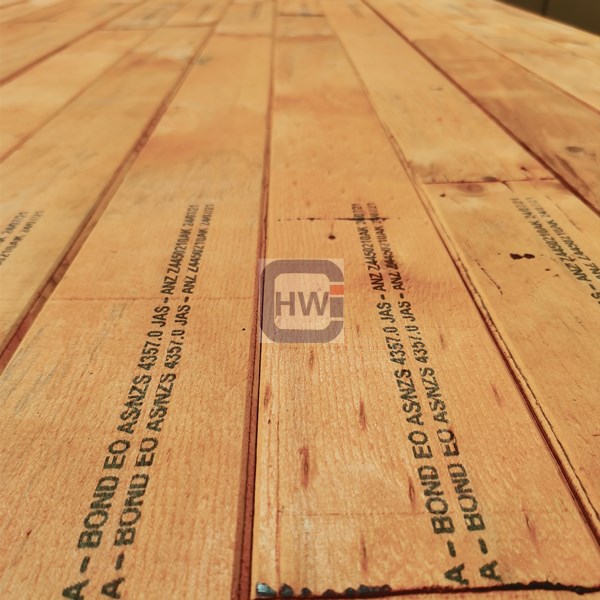Structural LVL Timber
Structural Laminated Veneer Lumber (LVL) timber is an engineered wood product used in construction for load-bearing applications such as beams, columns, headers, and posts. It is made by bonding thin layers of wood veneers together with a strong adhesive, resulting in a highly durable and dimensionally stable product.
LVL timber is available in a range of sizes, thicknesses, and lengths, making it suitable for both residential and commercial construction projects. It is often used in place of traditional solid wood beams because of its superior strength and consistency.
Structural LVL timber is designed to meet or exceed the load requirements of the structure it is supporting. It is graded based on its strength and stiffness properties, and the appropriate grade is selected based on the load requirements of the structure. LVL timber can be used for both short and long spans, and can be engineered to meet specific load requirements.
One of the benefits of LVL timber is its dimensional stability. It is less prone to warping, twisting, or bowing than traditional solid wood beams, which can result in a more stable and level structure. Additionally, LVL timber is often made from fast-growing trees, and the manufacturing process produces less waste than other wood products, making it an environmentally friendly choice.
It is important to follow local building codes and manufacturer’s installation instructions when using structural LVL timber in construction. Additionally, it is recommended to consult with a structural engineer or building professional to ensure that the LVL timber is selected and installed properly and can safely support the load requirements of the structure.
Product Description of Structural LVL Timber:
Full Pine LVL beam, LVL framing, LVL rafters or Strand lumber/Engineered lumber/Wood beam of engineered wood for LVL moulding Structural LVL
HW structural laminated veneer lumber (LVL) which has been manufactured in accordance with AS/NZS 4357 with properties determined in accordance with AS/NZS 4063.2 and therefore complies with the requirements for structural design in accordance with AS1720.1
HW LVL terminator is available in all sizes and is part of the Carter Holt Harvey Terminator range. HW H2-S Terminator is treated against termites south of the Tropic of Capricorn. The treatment is applied to the glue-line during manufacture to achieve full termite protection to the core of the beam. No further sealing is required on cut ends, holes or notches. Other treatment levels are available from suppliers on request, but treatment is limited to above ground use. hySPAN cannot be readily treated for in ground contact applications.
HW LVL is manufactured using an ‘A’ Bond with less than 0.5mg/l Formaldehyde (equivalent to E0) emissions from the final product.
laminated veneer lumber type structural lvl
For quality assurance the HW range is manufactured with independent audit processes and product certification. Carter Holt Harvey ensures that its wood is legally sourced from managed forests and offer FSC ‘Chain of Custody’ certified upon request.
HW LVL is produced with a structural grade face and is not generally used in appearance applications and at the time of dispatch from the manufacturing site has a moisture content of between 8-15%.
Size Range
|
SIZE |
35mm |
45mm |
63mm |
75mm |
|
90 mm |
A |
A |
||
|
130 mm |
A |
A |
A |
|
|
150 mm |
A |
A |
A |
A |
|
170 mm |
A |
A |
A |
|
|
200 mm |
A |
A |
A |
|
|
240 mm |
A |
A |
||
|
300 mm |
A |
A |
A |
|
|
360 mm |
A |
A |
||
|
400 mm |
A |
A |
A |
|
|
450 mm |
A |
|||
|
525 mm |
A |
A |
||
|
600 mm |
A |

Advantage of HW structural LVL
1. Small logs can be made into large-dimension LVL products.
2. Long lengths of LVL are available up to 12m
The wood resource can be optimized by grading and selecting veneer for different parts of an LVL cross-section and making a range of products with different properties.
The structural properties of LVL are very uniform because the randomized layers of thin veneers are pre-graded for stiffness (coefficient of variation for modulus of elasticity less than 5%).
LVL members have high strength because of the low variability and randomized wood properties in thin layers.
LVL can be cut and machined with normal woodworking tools.
LVL is often used to complement the use of sawn timber in domestic construction.
3. Superior strength: LVL timber is engineered to be stronger and more consistent than traditional solid wood beams. This means it can support heavier loads with minimal deflection.
4. Dimensional stability: LVL timber is less prone to warping, twisting, or bowing than traditional solid wood beams, which can result in a more stable and level structure.
5. Versatility: LVL timber is available in a variety of sizes, thicknesses, and lengths, making it suitable for a wide range of construction applications.
6. Sustainability: LVL timber is often made from fast-growing trees, and the manufacturing process produces less waste than other wood products. As a result, LVL is considered to be an environmentally friendly building material.
7. Cost-effective: Although LVL timber may initially cost more than solid wood, its strength and durability make it a cost-effective choice over the long term. It requires less maintenance and replacement than solid wood, which can save time and money in the future.
8. Ease of installation: LVL timber is easy to cut and install using traditional framing methods, such as nails and screws. It is also compatible with many types of connectors and hardware, including bolts and hangers.


Application of HW structural LVL
LVL is particularly well suited to the following applications
Rafters and joists
Lintels, beams and framing members
Truss chords
Portal frames
I-beams
Box-beams
Scaffold planks
Formwork
Panels of LVL are cut into structural members which have high strength and stiffness.
LVL is suited to structural applications such as beams, rafters and columns in a wide range of buildings including houses, commercial, industrial and rural structures. Some special LVL has a small number of veneers laid perpendicularly (cross banded).
In commercial or industrial structures it is often used as a wood-based alternative to structural steel or reinforced concrete.


Packaging and Containerization


FAQ
Q: What is the difference between LVL and solid wood beams?
A: LVL is an engineered wood product made from thin layers of wood veneers bonded together with a strong adhesive, while solid wood beams are made from a single piece of lumber. LVL is designed to be stronger, more consistent, and more dimensionally stable than solid wood beams.
Q: What are the benefits of using LVL timber in construction?
A: LVL timber offers superior strength, dimensional stability, and sustainability compared to traditional solid wood beams. It is also versatile, cost-effective, and easy to install.
Q: What types of construction applications is LVL timber suitable for?
A: LVL timber can be used for load-bearing applications such as beams, columns, headers, and posts. It is suitable for both residential and commercial construction projects.
Q: How is LVL timber graded?
A: LVL timber is graded based on its strength and stiffness properties, and the appropriate grade is selected based on the load requirements of the structure it is supporting.
Q: How is LVL timber installed?
A: LVL timber can be installed using traditional framing methods, such as nails and screws. It is also compatible with many types of connectors and hardware, including bolts and hangers.

